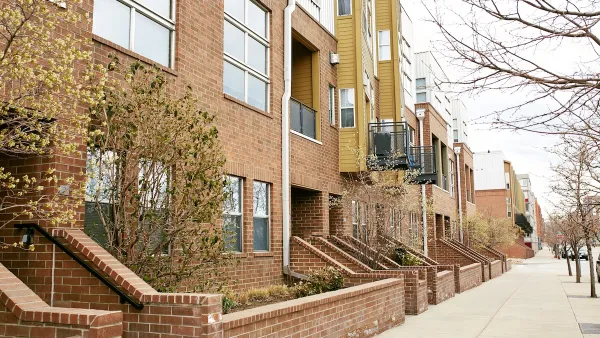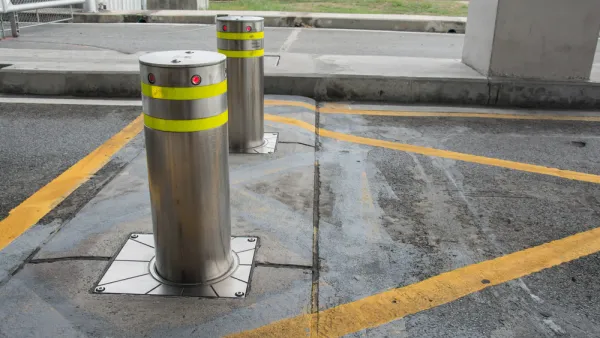With over 8 million people sharing the streets and sidewalks of New York City, there is bound to be a clash between transportation modes. Who's to blame? Lyndsey Scofield says that there is bad behavior on all sides.
In a city as dense as New York City, it is evident to see that many users of transportation exhibit bad behavior when going to their destinations. The actions of many cyclists puts them, as well as pedestrians, in vulnerable positions with the automobiles that also share the roads. Many have suggested removing bike lanes, but cyclists are alone in exhibiting bad behavior. Scofield states that "there are inconsiderate users of all modes of transportation."
Pedestrians are in the wrong because they aimlessly cross into the separated and painted bike path to see if its safe. Pedestrians are also inconsiderate of street lights, still crossing the street in large groups when they do not have the right of way causing even more traffic. Cyclists are in the wrong because they constantly run red lights, and ride down the wrong side of the street. And drivers are in the wrong because they too are careless of pedestrians. They also creep through intersections while groups of pedestrians are still crossing trying to create enough space to drive through.
FULL STORY: Cyclists? Pedestrians? Drivers? Who is to Blame for Urban Tension?

National Parks Layoffs Will Cause Communities to Lose Billions
Thousands of essential park workers were laid off this week, just before the busy spring break season.

Retro-silient?: America’s First “Eco-burb,” The Woodlands Turns 50
A master-planned community north of Houston offers lessons on green infrastructure and resilient design, but falls short of its founder’s lofty affordability and walkability goals.

Delivering for America Plan Will Downgrade Mail Service in at Least 49.5 Percent of Zip Codes
Republican and Democrat lawmakers criticize the plan for its disproportionate negative impact on rural communities.

Test News Post 1
This is a summary

Test News Headline 46
Test for the image on the front page.

Balancing Bombs and Butterflies: How the National Guard Protects a Rare Species
The National Guard at Fort Indiantown Gap uses GIS technology and land management strategies to balance military training with conservation efforts, ensuring the survival of the rare eastern regal fritillary butterfly.
Urban Design for Planners 1: Software Tools
This six-course series explores essential urban design concepts using open source software and equips planners with the tools they need to participate fully in the urban design process.
Planning for Universal Design
Learn the tools for implementing Universal Design in planning regulations.
EMC Planning Group, Inc.
Planetizen
Planetizen
Mpact (formerly Rail~Volution)
Great Falls Development Authority, Inc.
HUDs Office of Policy Development and Research
NYU Wagner Graduate School of Public Service




























